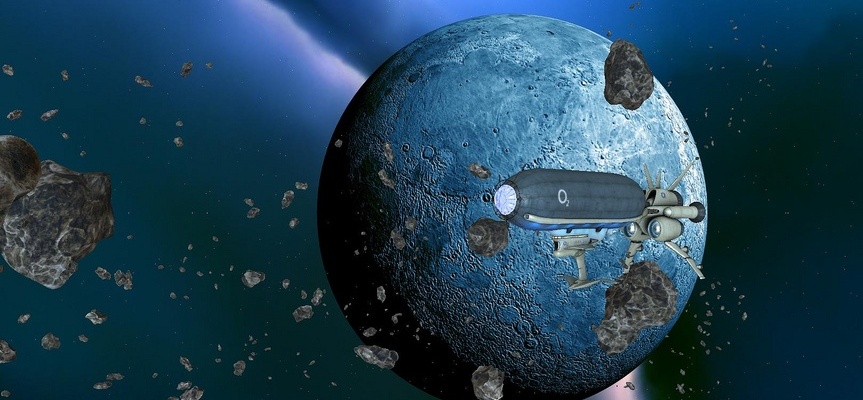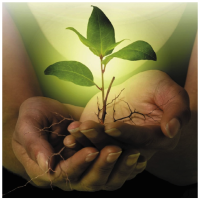Earthseed is all that spreads Earthlife to new earths.
– from Verse 10 of the Book of the Living
How do you fulfill the Earthseed destiny? What does it look like to spread Earthlife to new earths? There are two basic ways to do it. One way is to make those earths yourself: build a space colony and fill it with living ecosystems, or even plant life on a whole barren world like Mars and help it shape that world into one that can support a self-sustaining biosphere. The other is to just go find an existing earth and try to live there. It sounds like the second way is much easier . . . but is it?
For one thing, there are clearly no other earths in our solar system right now–maybe some living ocean worlds encased in thick layers of ice, but we land animals couldn’t live there any more easily than on a dead planet. So to reach another earth, we have to cross the vast expanses of interstellar space.
There’s no real evidence to suggest that interstellar travel could ever be as fast and easy as portrayed in science fiction stories featuring hyperspace or warp drive. The truth is we’ll probably have to spend vast quantities of energy and at least several years speeding up to some substantial fraction of the speed of light, then do it again in reverse at the far end. In between, there could easily be centuries of travel time. Special relativity lets you shorten the journey if you get pretty close to lightspeed, but the closer you get, the harder it becomes to accelerate further. So a travel time in the range of several decades to several centuries is a pretty good guess.
Again, this poses a choice: Do we send one of those miniature earths, with all the weight of air, water, and soil needed to support ecosystems that can sustain themselves for such long periods? Or do we send something lighter-weight that looks much more like a giant seed, carrying life mainly as dormant seeds, spores, and frozen embryos, with perhaps a small crew of active humans, or maybe just an advanced artificial intelligence serving as pilot and directing a robotic maintenance system? The first way appeals more to my pagan love of living nature, and gives the human crew much more congenial surroundings during a journey that some of them likely won’t live to see completed. But the second solution is likely to be more practical—no risk of ecological imbalances spiraling out of control, and a faster flight due to the smaller weight, giving less time for catastrophic mechanical problems to develop.
So this is what Earthseed may ultimately look like: a planetary mother tree sending out large metal seeds into the frigid depths of space, each one waiting for the warmth of a new sun to bring it back to life. And when it awakes to find itself in orbit of an alien earth, the challenges we face have only just begun.
Featured image by Flickr user O2UKOfficial
CC BY NC ND license

